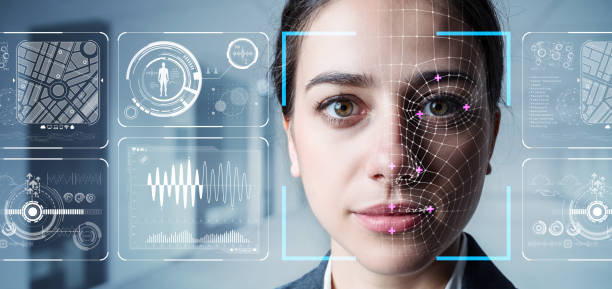
Identity verification is a critical process for businesses across industries, helping to prevent fraud, ensure compliance, and enhance customer security. With advancements in AI and biometrics in identity verification, traditional manual verification methods are being replaced by automated, accurate, and efficient solutions. These technologies are redefining security standards while improving user experience.
The Role of AI in Identity Verification
AI-powered identity verification systems utilize machine learning algorithms to analyze and verify user identities. Here’s how AI enhances the process:
1. Automated Document Verification
AI scans and verifies government-issued IDs, passports, and driver’s licenses, ensuring authenticity by detecting alterations and inconsistencies.
2. Facial Recognition Technology
AI-driven facial recognition compares a user’s face with their uploaded ID photo, ensuring a match while preventing identity fraud.
3. Liveness Detection
AI detects real-time user interactions to prevent spoofing attempts using photos or videos, improving security against deepfake attacks.
4. Fraud Detection & Risk Scoring
Machine learning models analyze behavior patterns and flag suspicious activities, reducing the risk of fraudulent transactions.
The Impact of Biometrics in Identity Verification
Biometric authentication leverages unique biological traits to confirm an individual’s identity. Here’s how biometrics enhance identity verification:
1. Fingerprint Recognition
Used widely in mobile banking and secure logins, fingerprint recognition offers a quick and secure way to verify identity.
2. Iris and Retina Scanning
Highly accurate and difficult to replicate, iris and retina scans are becoming popular in high-security environments.
3. Voice Recognition
Voice-based authentication uses vocal patterns to identify individuals, enhancing security in call centers and digital banking.
4. Behavioral Biometrics
AI analyzes keystroke dynamics, mouse movements, and typing patterns to create a behavioral profile, adding an additional layer of security.
Benefits of AI and Biometrics in Identity Verification
The integration of AI and biometrics in identity verification provides several advantages:
- Enhanced Security – Reduces fraud risks by accurately verifying identities.
- Faster Verification Processes – Automates identity checks, reducing wait times for customers.
- Regulatory Compliance – Helps businesses meet KYC (Know Your Customer) and AML (Anti-Money Laundering) requirements.
- Improved User Experience – Provides seamless and frictionless identity verification for customers.
Industries Benefiting from AI and Biometrics in Identity Verification
These technologies are being widely adopted in various sectors, including:
- Banking & Finance – Secure account logins and fraud prevention.
- E-commerce & Online Payments – Prevents unauthorized transactions and chargebacks.
- Healthcare – Ensures patient identity and protects sensitive data.
- Travel & Immigration – Streamlines border control and airport security.
- Cryptocurrency & Fintech – Meets KYC and AML compliance requirements.
Future Trends in AI and Biometrics for Identity Verification
The future of identity verification is evolving with innovations such as:
- AI-driven Deepfake Detection – Identifying manipulated images and videos to prevent identity fraud.
- Blockchain-Based Identity Management – Decentralized identity solutions for enhanced privacy and security.
- Multi-Modal Biometrics – Combining multiple biometric methods for higher accuracy.
Conclusion
AI and biometrics are revolutionizing identity verification by enhancing security, reducing fraud, and improving user experience. As businesses continue to adopt these technologies, they can ensure safer transactions, seamless user authentication, and compliance with regulatory requirements.

